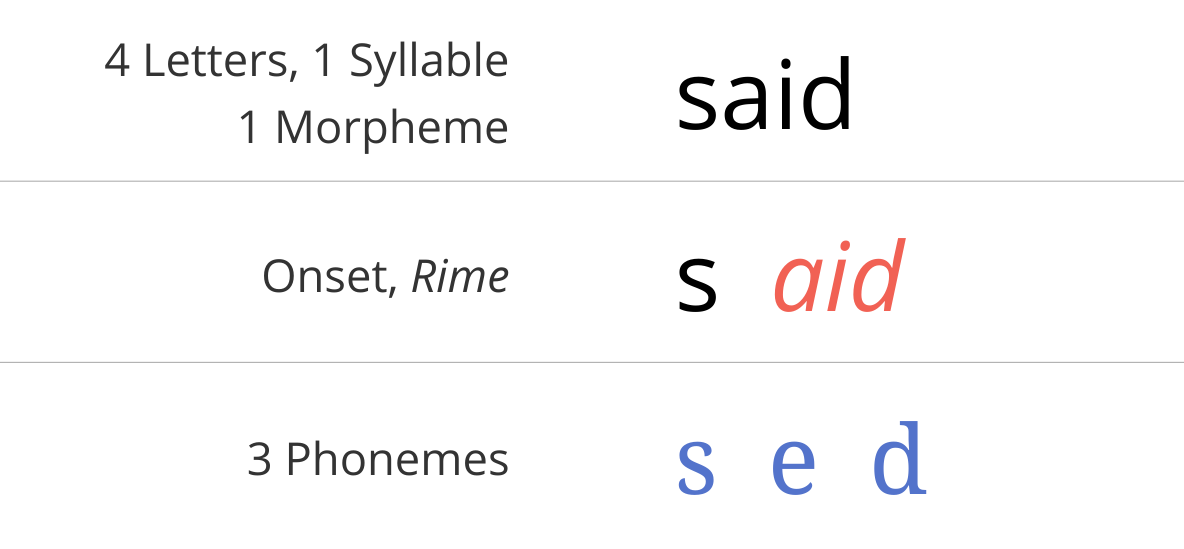Jennifer Watling Neal & Zachary P. Neal
Birth rates in the United States (US) have been declining (Hamilton et al., 2024) and many US adults ages 18–49 who currently do not have children also do not expect to have them in the future (Brown, 2021; Livingston & Horowitz, 2018; Minkin et al., 2024). This means that many US adults are likely to remain non-parents throughout their lifetime. Non-parents vary in their attitudes toward having children and in whether they face circumstantial barriers to having children. However, demographic research often treats all non-parents as a single undifferentiated group (Verweij & Keizer, 2021).
Understanding different types of non-parents in US demographic data can help with planning for the different needs of this heterogeneous population. For example, non-parents who do not want children may have different reproductive health care needs from non-parents who want but face biological barriers to having children, with the former sometimes seeking opportunities for voluntary sterilization (Campbell, 1999) and the latter sometimes seeking opportunities for fertility treatments (McQuillan et al., 2003). Additionally, non-parents who do not want children may have divergent financial planning needs from non-parents who are planning to have children in the future, with the former requiring financial advice for self-managed retirement and long-term care, and the latter requiring financial advice related to having a child (Zigmont, 2024). Finally, non-parents who do not want children may have divergent work-life balance needs from non-parents who are planning to have children, with the former being interested in more flexible work-life balance policies that include personal time off policies, and the latter being interested in future use of parental leave policies (Verniers, 2020).
